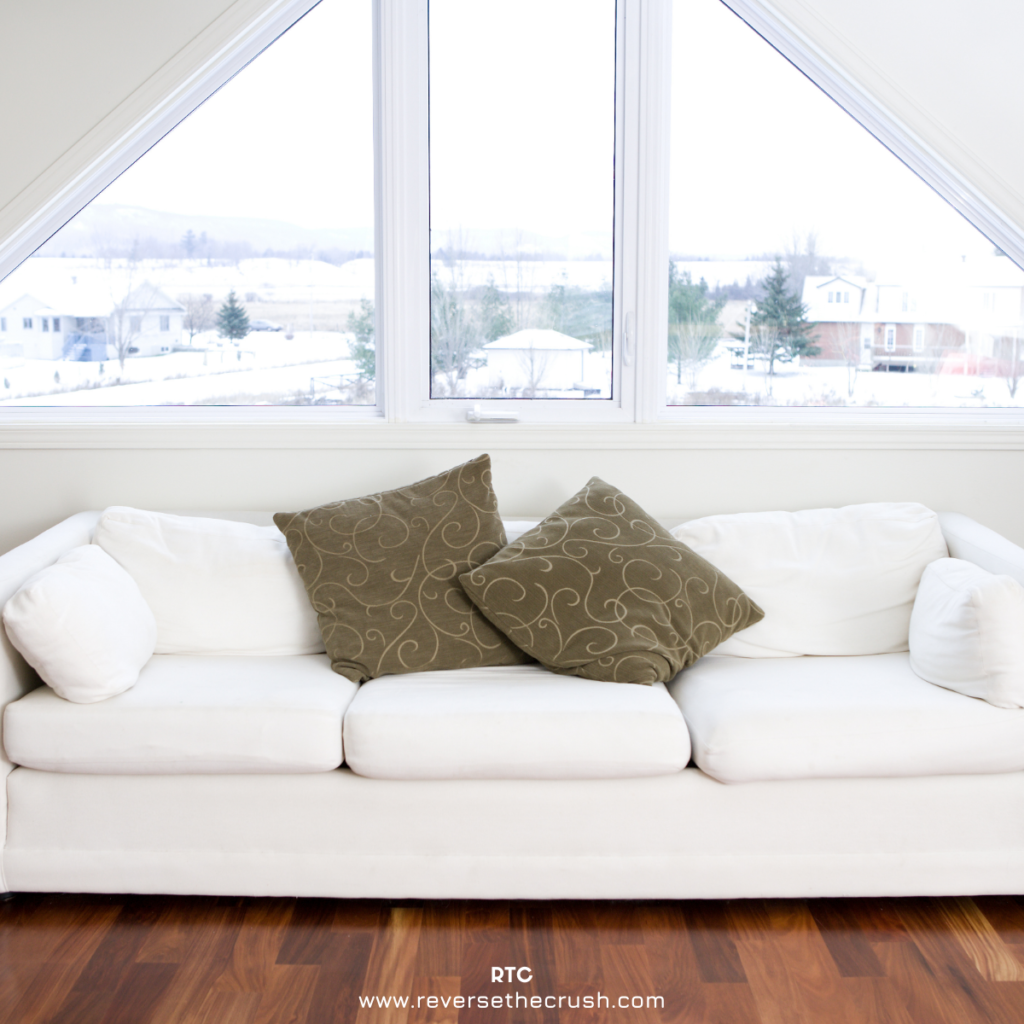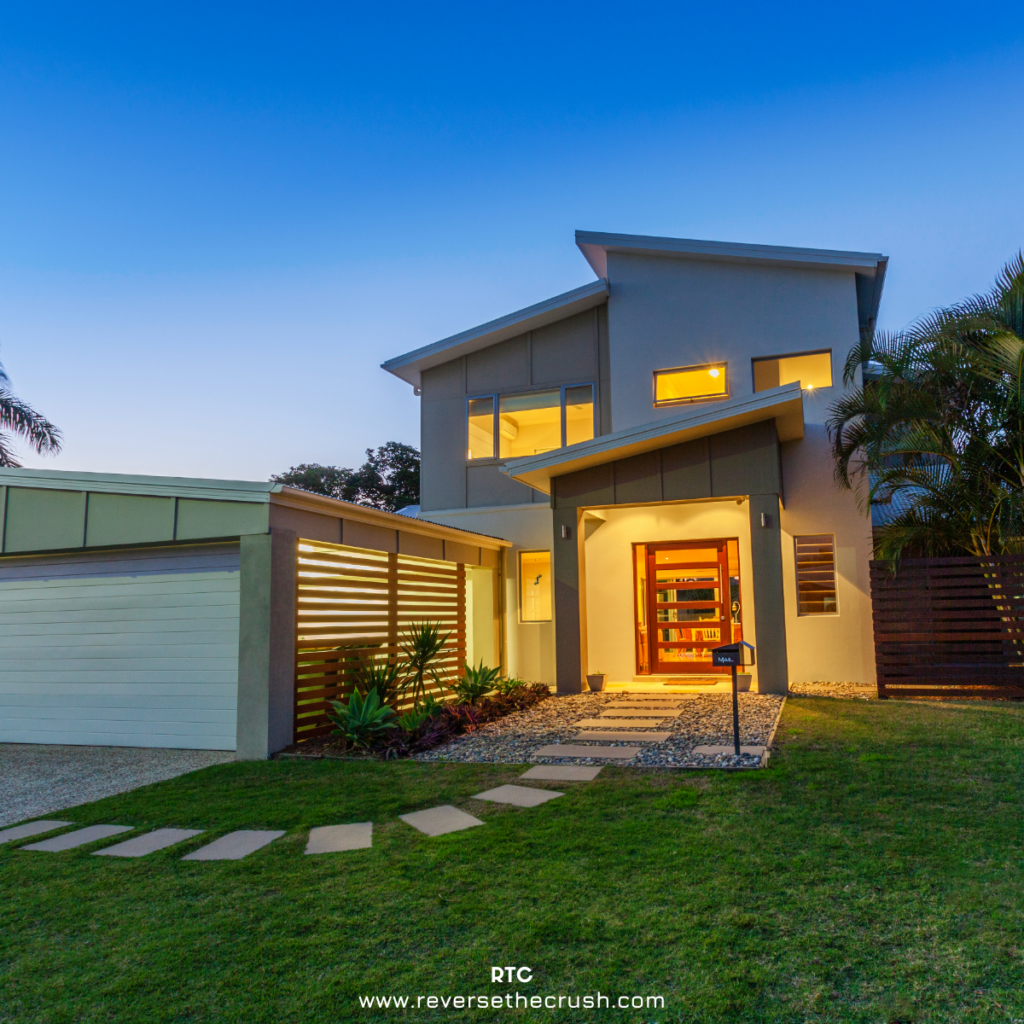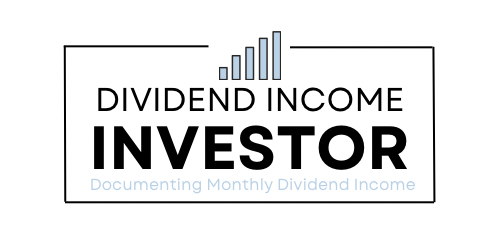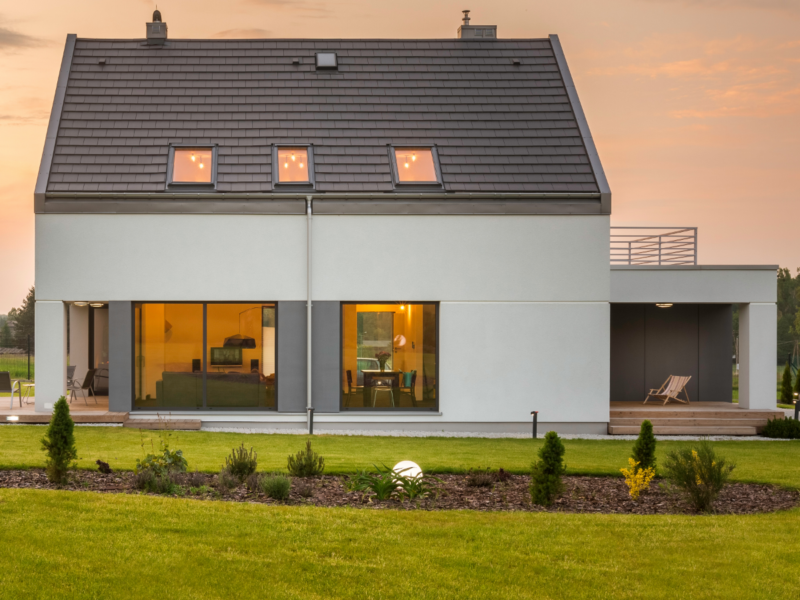Down payment on a house: 6 easy steps for millennials to save for a down payment. Buy your residence instead of paying rent.
Saving for a down payment on a house can be extremely challenging for independent millennials.
Student loan debt, retirement savings, food costs, transportation expenses, and the cost of rent make it hard to save money for a down payment.
In this post, I will look at how millennials can afford to save for a down payment on a house in 6 easy steps.
Let’s dive into what a down payment is.
Down payment on a house: What is it?
A down payment is a lump sum of money that is paid up front when you purchase a home.
It is calculated as a percentage of the total purchase price of the home.
For example, a 10% down payment on a $500,000 house is $50,000.
The amount of the down payment is deducted from the overall price.
Then, the remaining balance of the home is covered by the mortgage loan.
Here are six steps to save for a down payment for a house:

1. Decide on the type of house you want to buy.
There are three main reasons why it’s important to decide what to buy first:
- realistic expectations
- motivation to save
- to know how much money must be saved
To get an idea of what you want, start walking around your neighbourhood.
Take note of the homes you like on your walks, then try to find prices online.
Over time, you will be forced begin to set realistic expectations about what you want.
In my case, I realized what I desired was slightly out of my price range. So I adjusted, now I’m more interested in buying a condo.

2. Determine what percent you will put down.
Once you have decided on what type of house you want, it’s time to determine the down payment amount.
Of course, in Canada, down payments are subject to some regulations.
For homes priced below $500,000, the minimum down payment amount is 5%.
However, a down payment below 20% requires CMHC insurance, because it is considered a higher risk mortgage. Mortgage default insurance protects the lender in case the borrower defaults on payments. It is added to the monthly mortgage payments, which increases the cost of the payments.
Therefore, it is important to factor in the extra cost to ensure that you are not overextending yourself on the mortgage payment.
3. Review your personal financial situation to figure out when to buy
Based on what you want to buy, you can create a time frame for when you want to buy. It just depends on how much you can afford to comfortably save.
For example, if you decide you want to buy a condo that will cost around $400,000, you will need a down payment of between $20,000 to $80,000, depending on if you put down 5% or 20%.
If you can afford to save $500 per month, it will take you approximately 3.5 years to save $20,000.
So, this is the stage for reviewing your personal financial situation and learning how to budget.
Once you decide on a realistic time frame to buy a house or condo, you can begin to put your plan into action.
4. Create a savings plan
Now that you know how much you can afford to save, it’s time to set up a savings plan for the down payment.
Frankly, it comes down to how long you are willing to wait.
If you want a house as soon as possible, save as much of your disposable income as possible.
Alternatively, if you are fine with waiting longer to live a more comfortable lifestyle, select a savings rate you are comfortable with.
5. Save every payday until your desired down payment
At this point, all you have to do is save money until your desired down payment is reached.
Just pay yourself first and pretend the money doesn’t exist after.
Act as though your job pays less than it does.
If you were forced to work a lower paying job, you would find a way to make it work. Adopt that mentality, it’s surprisingly easy to adapt.
Otherwise, don’t lose your job and don’t mess up your credit.
6. Invest your down payment money
If your time frame to buy a home is 5 years or more, you can consider investing in higher risk assets such as stocks, mutual funds, and ETFs.
However, if you plan on buying a residence in less than 5 years, you should put the money in risk free investment options. For example, high interest savings accounts, GICs, or money market funds.
Investing your down payment money allows you to earn interest or growth on savings.
In turn, your down payment money grows faster and you can buy your residence sooner.

Down payment on a house: Concluding Thoughts
In my view, home ownership is a hedge against rent inflation.
It’s also another asset to go alongside a balanced stock portfolio.
Moreover, owning your residence builds equity and gives you an asset to sell if you move. With renting, the money is gone forever.
In the long-term, owning a home contributes to achieving financial independence, too.
If you pay off your mortgage, you eliminate the monthly cost of rent or a mortgage.
In turn, it’s easier for side income streams to cover expenses.
Hence why owning a home is the superior option whether you want to achieve financial independence or not.
Fortunately, saving a down payment is possible for anyone with a simple plan.
To save a down payment on a house:
- Decide on realistic real estate
- Determine what percent to put down
- Review your personal finances and decide when to buy
- Create a savings plan
- Save every payday until your desired down payment
- Invest your down payment money
I hope this post helps all independent millennials realize that home ownership is possible.
Related
Pay Yourself First – How to Pay Yourself First
How to Budget – 7 Simple Steps to build a Successful Budget
I am not a licensed investment or tax adviser. All opinions are my own. This post may contain advertisements by Monumetric and Google Adsense. This post may also contains internal links, affiliate links to BizBudding, Amazon, Bluehost, and Questrade, links to trusted external sites, and links to RTC social media accounts.
Connect with RTC
Twitter: @Reversethecrush
Pinterest: @reversethecrushblog
Instagram: @reversethecrush_
Facebook: @reversethecrushblog
Email: graham@reversethecrush.com


 Financial Success: (7) Actions To Manage Your Personal Finances Successfully
Financial Success: (7) Actions To Manage Your Personal Finances Successfully
